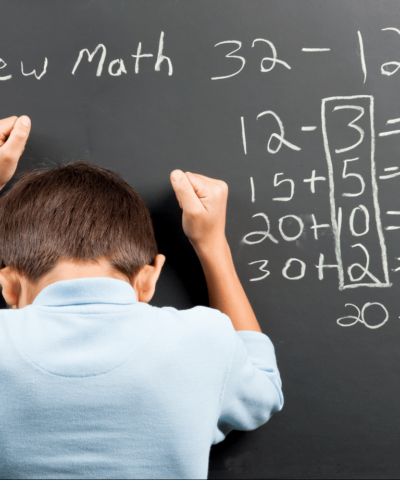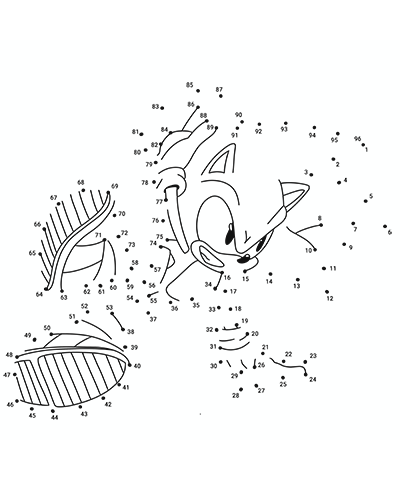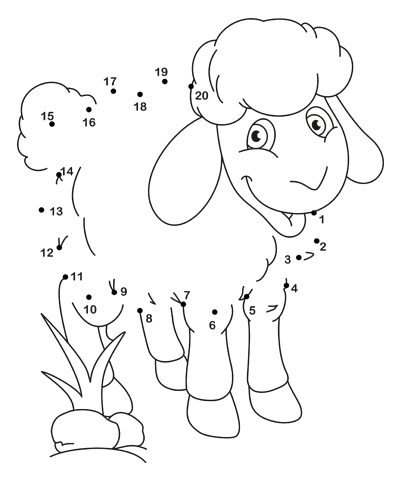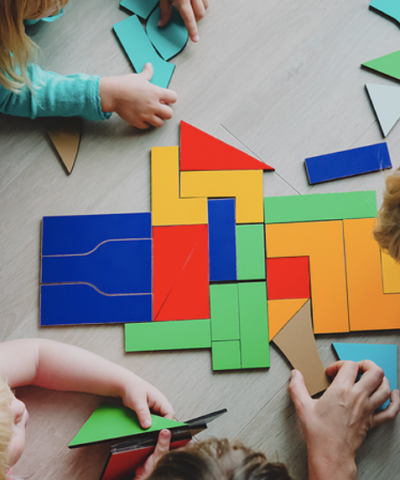How to Teach Children Units of Length: Tips and Techniques for Making Math Fun!
Mathematics can be a challenging subject for children to learn. This is especially true when it comes to units of length, which can be abstract concepts that are difficult to visualize. However, there are ways to make learning units of length easier and more fun for children. In this article, we will explore some techniques to help your child master units of length.
Why Units of Length Are Important
Units of length are an essential part of mathematics and the foundation for many fields, including engineering, architecture, and science. They allow us to measure distances, heights, and sizes, which is important for creating structures, designing products, and conducting experiments. Without a good understanding of units of length, children may struggle in these fields later in life. Additionally, mastering units of length is a fundamental building block for more advanced mathematical concepts, such as geometry and trigonometry.
In addition to being important in academic and professional settings, understanding units of length is also crucial in everyday life. We use units of length to measure everything from the length of a room to the height of a person, the distance between two cities, or the length of a road. Even simple tasks such as buying clothing or furniture require an understanding of units of length, as they are often measured in inches or centimeters.
In summary, units of length are important not only for academic and professional success but also for everyday life. They are essential for measuring distances, sizes, and heights, and are crucial for effective communication. By helping children understand and master units of length, we can equip them with a valuable skill that will benefit them throughout their lives.
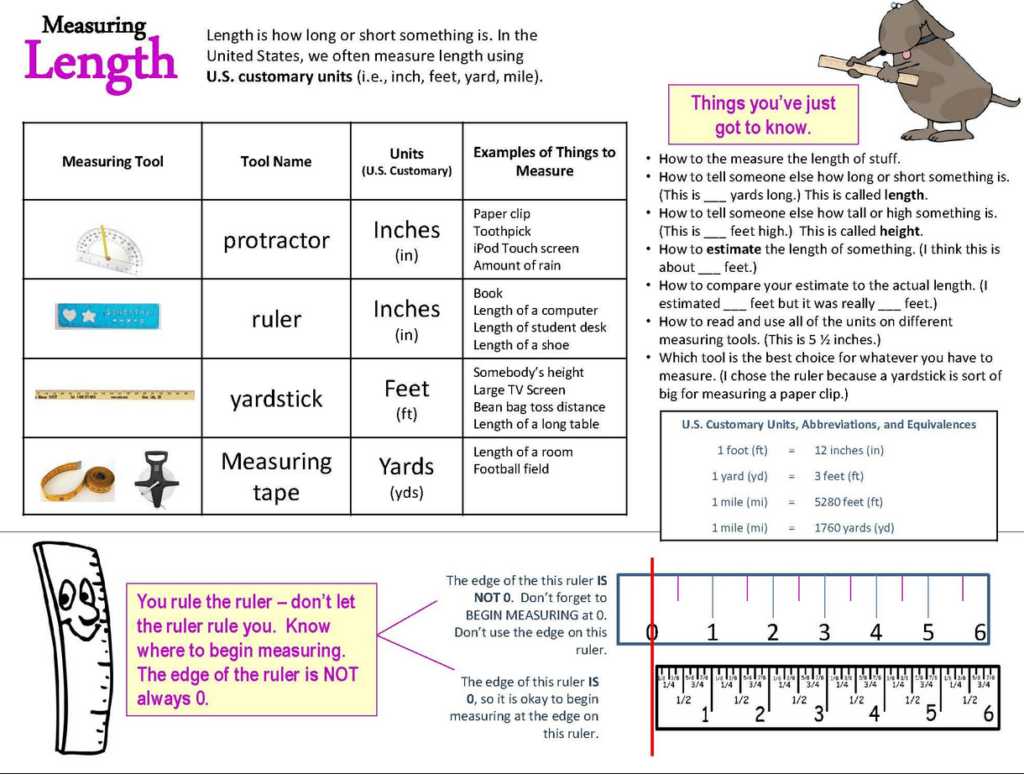
How to Teach Units of Length
The following techniques can help your child learn and understand units of length:
- Use Real-Life Examples: One of the best ways to teach units of length is by using real-life examples. For instance, when teaching your child about centimeters, show them a ruler and explain how centimeters are used to measure length. When teaching your child about meters, take them outside and show them how to measure the length of a football field.
- Use Visual Aids: Children learn best when they can visualize concepts. Using visual aids such as pictures, diagrams, and charts can help your child understand units of length better. For example, when teaching your child about inches, show them a picture of an inchworm and explain that an inch is about the length of an inchworm.
- Make It a Game: Learning should be fun, and turning the process of learning units of length into a game can make it more enjoyable for your child. For example, you could create a scavenger hunt where your child has to find objects of a certain length, such as a pencil that is 15 centimeters long.
- Use Technology: Technology can be a valuable tool for teaching units of length. There are numerous educational apps and websites that can help your child learn and practice units of length. These resources often use interactive animations and games to make learning more engaging.
- Provide Plenty of Practice: Like any skill, mastering units of length takes practice. Make sure your child has plenty of opportunities to practice using units of length. You can create practice sheets or use educational games that focus on units of length. Additionally, encourage your child to measure objects around the house using different units of length.
- Make It Relevant: Finally, make sure your child understands the relevance of units of length. Explain how units of length are used in everyday life and how they are essential for measuring things like the height of a person or the length of a road.
Teaching units of length to children can be challenging, but it doesn’t have to be. By using real-life examples, visual aids, games, technology, and plenty of practice, you can help your child master units of length. Additionally, by showing your child the relevance of units of length, you can help them understand the importance of this mathematical concept.

